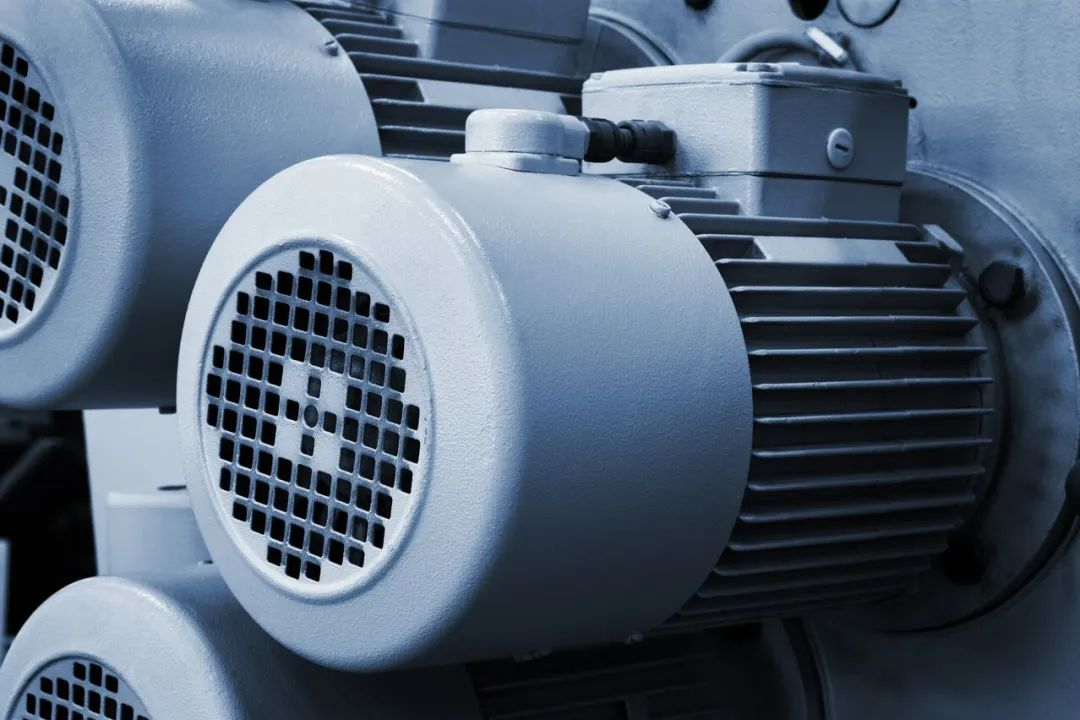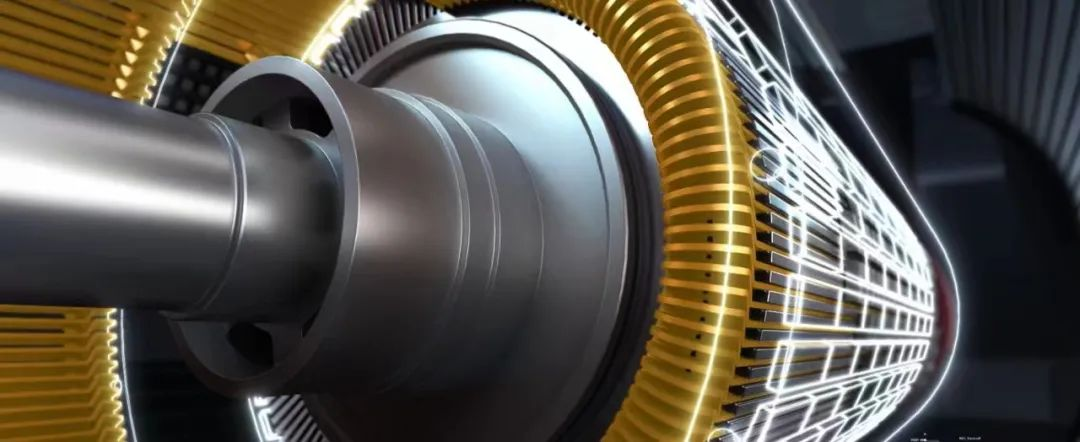![]() What kind of motor is best? Which is better, a certain motor or another certain motor? Should I use motor A or motor B? Which motor is more energy efficient? This is the most common problem. The production of motors includes these physical parts: magnets, iron cores, coils, bases, Halls, insulating paint, and phase wires. Let’s analyze them one by one. Magnetic steel has five indicators: label, height, thickness, width and quantity. The label represents the reflection of the magnetic flux per unit volume, which is the grade of the magnet. It cannot be seen with the naked eye and can only be deceived by the manufacturer. Height, thickness, width and quantity, of course, the higher, thicker, wider, and more. The larger the magnet volume, the higher the cost for the motor manufacturer, and the greater the power for the user, which of course also means more consumption. The power will be greater.In line with the principle that the higher the manufacturer's cost, the greater the user's interests. On the premise of meeting the strength requirements of their own use, the bigger the better in terms of height * thickness * width * quantity. However, generally speaking, for users, thickness, width and The quantity cannot be determined. Everyone only knows that the motor is 30 high, 40 high or 45 high.The iron core is of course imported. The foreign moon is rounder than the Chinese one and cannot be seen with the naked eye. For now, we can only think so.
What kind of motor is best? Which is better, a certain motor or another certain motor? Should I use motor A or motor B? Which motor is more energy efficient? This is the most common problem. The production of motors includes these physical parts: magnets, iron cores, coils, bases, Halls, insulating paint, and phase wires. Let’s analyze them one by one. Magnetic steel has five indicators: label, height, thickness, width and quantity. The label represents the reflection of the magnetic flux per unit volume, which is the grade of the magnet. It cannot be seen with the naked eye and can only be deceived by the manufacturer. Height, thickness, width and quantity, of course, the higher, thicker, wider, and more. The larger the magnet volume, the higher the cost for the motor manufacturer, and the greater the power for the user, which of course also means more consumption. The power will be greater.In line with the principle that the higher the manufacturer's cost, the greater the user's interests. On the premise of meeting the strength requirements of their own use, the bigger the better in terms of height * thickness * width * quantity. However, generally speaking, for users, thickness, width and The quantity cannot be determined. Everyone only knows that the motor is 30 high, 40 high or 45 high.The iron core is of course imported. The foreign moon is rounder than the Chinese one and cannot be seen with the naked eye. For now, we can only think so.
Coil, copper purity (brass or copper, as long as it is not copper-clad aluminum), number of turns, thickness, slot full rate, these are the main parameters.Once the base is determined, the upper limit will be set as long as it involves the quantity and volume of space indicators. However, we users still have no choice, and the same goes for manufacturers.Hall, electronic components, something that can only be distinguished by money. Currently, the Honeywell brand is better on the market.Insulating paint has five labels given by the state, and the higher the temperature resistance, the better.The thicker the phase wire, the better. Generally, 1 square meter (excluding rubber) can meet the 10A current limit. For example, if your current limit is 20A, the phase wire should be more than 2 square meters.Power - one of the motor indicators. For example, if your original motor is 48V500W and the speed is 36 kilometers/hour, and then you overvoltage it to 72V, you will find that the speed can reach 54 kilometers/hour. Divide the motor speed by the voltage and this result is more accurate. For example, your current speed is 45 kilometers/hour, and if your voltage is 72V, then the speed of your motor per volt is 0.625. The speed of the other motor is 40 kilometers per hour, but the voltage is 48V. The speed per volt of this voltage is 0.83333. Which one is faster will be revealed by comparison.Efficiency (power saving) ---- Electric vehicle motors are just that. The motors we use generally have an efficiency of about 82%. If they are regular products, the difference is only about 2%. You say your motor is very good. , using the most advanced technologies such as high-temperature superconducting technology, it will only add 3 percentage points at most, but the difference should not be too obvious.This is why many people report that a certain motor (power-saving version) does not obviously feel power-saving. Of course, if someone says that it feels really power-saving, then he is either a real shill, or the original motor is too rubbish.
But everyone will also feel that some motors do consume more power. This is easy to understand. It is difficult to increase the efficiency by 1%, but there is a lot of room for downwards. It is still very easy to build a motor with an efficiency of only 50%.Best efficiency point - the key to overpressureAs we mentioned above, efficiency is an indicator with a vast space below but an almost sealed upper limit. So is there no need to consider the motor efficiency indicator at all? The answer will never surprise anyone.We should be more concerned about another important indicator—the best efficiency pointThe so-called best efficiency point refers to the point of optimal efficiency. For example, a manufacturer says that the best efficiency of his motor is 93%. You ask him, "When did this 93% efficiency appear?" , if he says, "When the motor has a 48V power of about 100W.", you will only faint, because you will not maintain the power movement of 100W at all, that is too slow. Of course, if the manufacturer wants to deceive you, he will definitely not tell the truth, or he will not know at all.In the motor industry, the best efficiency point refers to the power at the best efficiency point around the rated voltage and rated power range. For example, a 48V1000W motor is powered by 48V for dynamometer testing. When the dynamometer chart comes out, you will see around 1000W. In those lines, if you see a maximum efficiency value of 82.5%, and the corresponding power is 960W, and the corresponding efficiency value at the 1000W power point is only 81%, this means that the best efficiency point of this motor is 960W.Of course, for regular manufacturers, the best efficiency point is around the rated power point, which is less than 5%. But for some factories, this is not necessarily the case. The highest efficiency value is 83%, which is good, but this 83% is at 48V500W power. At this point, he said that this motor is 72V1500W. When we bought it and used it on 72V, the efficiency at the 1500W point was only 65%.What I said above just shows that there is such a thing. Later we will have a simple way to know how our motor is doing.First of all, you have to determine your usage requirements. The faster is definitely not the better. If you want a motor that can break 100% at 72V, then you should not consider the quality of the motor, because safety and quality cannot be guaranteed.
In terms of normal use, when the speed exceeds 50 yards, it has entered the unsafe zone.Let me give you a simple power speed comparison table:Power Speed (code)
350W 35 500W 40
800W 45 1000W 50
1200W 53 1500W 55 2000W
60 3000W 65
4000W 75 5500W 85
7000W 90 8500W 9510000W 100 12000W 110
15000W 120Therefore, when ordering a motor, consider the scope of your use, especially if you plan to overpressure it, and don’t make it too large.Let’s summarize it with some simple and practical ones. As mentioned above, you can’t just look at the power. When buying a motor, how should you choose a motor?First of all, you must determine your speed requirements, operating voltage and power requirements. If you plan to overpressure in the future, it is best to determine the fastest speed you want after overvoltage.Then, divide the speed you require by the operating voltage. For example, if you plan to buy a motor with an overvoltage of 72V and hope that the fastest speed is greater than 75 kilometers/hour, then 75/72=1.0416
Then you have to find the speed divided by the voltage that is just greater than 1.0416 to meet your requirements. Note that it must be just greater than that. If it is too much, it will consume power.A motor 48V500W speed 36; B motor 48V800W speed 42; C motor 60V1200W speed 45; D motor 60V1500W speed 52; E motor 48V1000W speed 45, F motor 48V1500W speed 52Do some math, and among these motors, only the F motor is suitable.So, it doesn't make sense to just say how many volts the motor is used for, it doesn't make sense to just talk about the speed, and it doesn't make sense to just talk about the power. If you can order a motor, you must first mention the motor size and magnet height, because this determines the physical space inside the motor. This space must be maximized so that the motor manufacturer can maximize the use of materials. This is what I am talking about: motor size (all electric motorcycle motors are ordered) and magnet height. Of course, magnetic steel is more expensive, so this is a matter of your own weighing.The next step is to determine the maximum voltage and maximum speed indicators, and tell the motor manufacturer how many volts you want to exceed and how much speed you want to achieve? Next, we have to consider the speed. Once the base is determined, the slower the motor, the higher the cost.
At this time, you can require that the 48V rotation speed cannot exceed 42, otherwise it will be returned. Because the base of the machine has been determined, in order to reduce the speed, the only way to reduce the speed is to increase the number of coil turns, increase the slot full rate, use a good iron core, etc. Otherwise, the speed cannot be reduced. You don't have to worry about the high power consumption of the magnet, because the current parameters are determined by the controller.





























 XINDA
XINDA